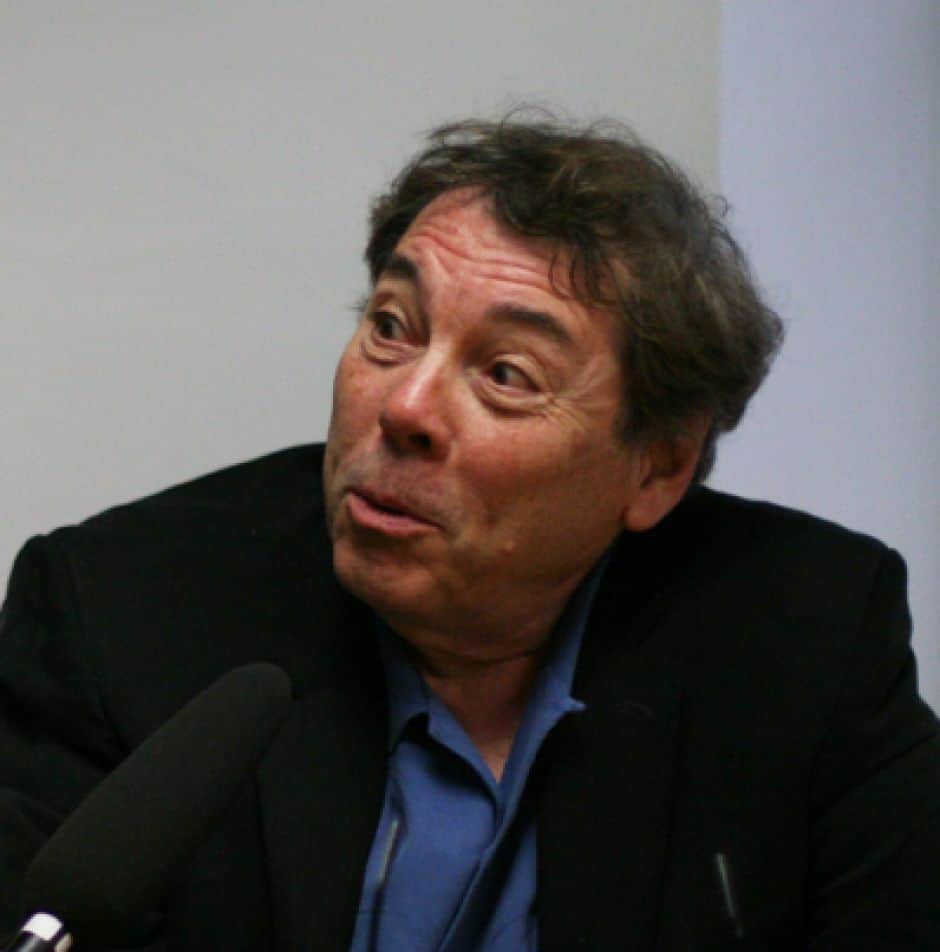Introduction
Medical professionals who cheat Medicare by billing for more complex and costly services than they deliver threaten to drain the elderly health-care program’s already shaky finances, Sen. Charles Grassley said Thursday.
The Iowa Republican’s comments came in reaction to The Center for Public Integrity’s “Cracking the Codes” series published this week. The investigation found that thousands of medical professionals have steadily billed higher rates for treating seniors on Medicare over the last decade — adding $11 billion or more to their fees.
Grassley called the findings “disturbing,” though “not surprising” because any time Medicare creates a new payment structure, “a cottage industry develops to teach providers how to maximize revenue in the system.”
The Center’s year-long examination uncovered a variety of costly billing errors and abuses that have plagued Medicare for years—from confusion over how to pick proper payment codes to outright overcharges. The findings also suggest the problems are worsening as doctors and hospitals switch to electronic health records.
Medicare pays doctors for office visits using five escalating payment codes, which range from a minimal visit of about five minutes time for about $20 to about $140 paid for more complex treatments that generally take 40 minutes or more of face-to-face time with the doctor. Federal officials expect a medical practice to report a range of the five codes because some patients require more time and effort to treat than others. Medicare uses the scales to pay for more than 200 million office visits each year and other doctor services that cost taxpayers more than $33 billion.
But Medicare billing data analyzed by the Center show that doctors over the past decade increasingly abandoned lower-level codes for better paying ones—even though there’s little hard evidence that they spent more time with patients or that patients were sicker and required more complicated and time-consuming care. Hospitals also use the billing codes, and the Center found similar problems with billing for emergency room services
More than 7,500 physicians billed the two top paying codes for three out of four office visits in 2008, a sharp rise from the numbers of doctors who did so at the start of the decade, the Center’s data analysis found. Officials said such changes in billing can signal that some doctors are billing for more complex services than they delivered, a practice known as “upcoding.”
“Providers should be compensated appropriately for their time and skills. If there are concerns that payment rates are inadequate, we need to have an open and frank discussion about that,” Grassley said in a statement.
“However, anyone who’s systematically upcoding to make up for what are seen as inadequate payment rates is cheating the system. That kind of gaming is self-defeating because it makes Medicare’s financial condition worse, with less money available for services,” Grassley said.
In 2010 alone, Medicare paid for more than six million more visits at the second highest level code, 99214, than the year before. That upsurge cost Medicare more than $1 billion, government records show.
Medicare’s finances have emerged as a presidential campaign issue, with both Barack Obama and Mitt Romney vowing to tame its spending growth while protecting seniors. But there’s been little talk about the impact of billing and coding practices in driving up costs, and what to do about them.
However, the American Academy of Family Physicians said it expects an upcoming surge in Medicare audits of doctor billings for the two highest codes—99214 and 99215— in 15 states, including Florida and Texas.
The 99214 code requires two of three components: a detailed history or examination and medical decision making of “moderate complexity.” It typically requires 25 minutes of face-to-face contact with the patient.
To bill for the top code, 99215, doctors must do two of three things: a comprehensive examination, a detailed history of the patient’s health status, or make a medical decision of “high complexity.” That typically requires 40 minutes.
A spokesperson for the Centers for Medicare and Medicaid Services, which runs Medicare, said the proposal to step up audits “was not a final decision” and the pilot project would review only the top code.
“This is not a widespread audit. Rather it is a test to determine if a widespread audit should be approved to proceed,” the statement said.
These “Evaluation and Management” codes were developed in 1992 by the American Medical Association, which controls their use.
Physician groups argue that coding guidelines are vague and subjective and that just as many doctors undervalue their work by picking lower codes as bill too much. Medical organizations also argue that more elderly patients over the past decade have been diagnosed with multiple health problems that require additional time and effort to treat. But the Medicare billing data analyzed by the Center do not show that patients are getting more infirm; their reasons for visiting the doctor’s office and hospital emergency rooms were essentially unchanged over the decade. And the average age of patients remained the same as well. It is clear that Medicare auditors have uncovered a high rate of billing mistakes — many of them overcharges—in several states.
A Medicare contractor called Trailblazer audited patient office visits in early 2010 in Virginia and found mistakes in half the records it reviewed. A similar audit in Colorado, New Mexico, Oklahoma and Texas reported a 91% error rate for billing for office visits, for instance.
CMS acting Administrator Marilyn Tavenner earlier this year confirmed that the agency planned to contact as many as 5,000 doctors it identified as billing outside norms, but said the effort was “not intended to be punitive or sent as an indication of fraud.”
She said the agency would focus on the top ten high billers in each Medicare region as a first step, but that it might cost the agency more to investigate suspicious claims than it could collect.
The agency, Tavenner wrote in a letter published in a May Inspector General’s report , “must take into account the respective return on investment of medical review activities.”
At the same time, the agency is considering stepping up the audits by Recovery Audit Contractors, known as RACs, an oversight program created by Congress to identify Medicare overpayments and recoup them.
These reviews have come under fire from doctors, particularly because the companies are paid a percentage of any money they recover. The American Medical Association in a position paper said it is “deeply opposed” to the contingency fees “since it is a bounty-hunter like program that creates a financial incentive for RACs to identify overpayments.”
In June, a bi-partisan group of lawmakers asked the Government Accountability Office to evaluate whether the program is working effectively and whether some doctors are being subjected to multiple audits at the same time.
“What we’re pushing for is legislative oversight,” said Frank Cohen, a Florida consultant who assists doctors with coding and billing issues. He said the companies have become “far too aggressive and zealous with regard to their audit tactics.”
CMS in its statement said that the agency “monitors the contractors’ actions closely” and reviews a sample of their work regularly.
The 15 states covered by the proposed RAC audit are: Alabama, Arkansas, Colorado, Florida, Georgia, Louisiana, Mississippi, New Mexico, North Carolina, Oklahoma, South Carolina, Tennessee, Texas, Virginia and West Virginia.
Read more in Health
Cracking the Codes
Suit alleges retaliation for exposure of upcoding
Former Nevada hospital official says she was fired for questioning Medicare bills
Cracking the Codes
IMPACT: Cabinet officials signal crackdown on Medicare billing abuse
Sebelius, Holder pledge scrutiny of electronic records in wake of Center series





Join the conversation
Show Comments